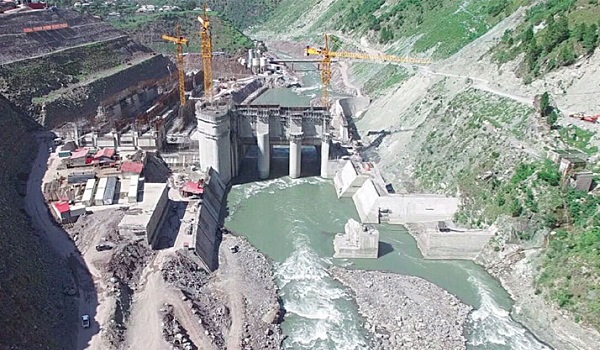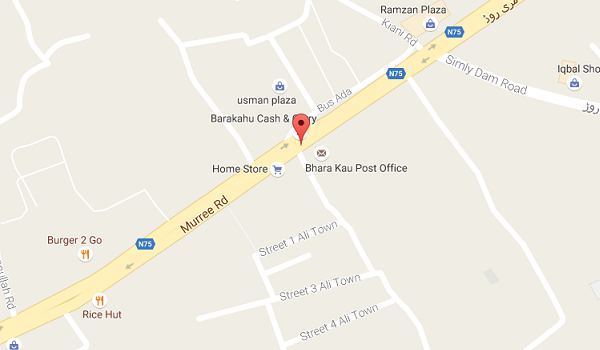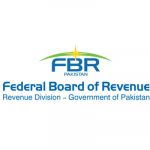Competition for development land is at last boosting development values, but a real gulf is emerging between small sites in high demand housing markets, particularly in London and the South East, according to new research from property adviser, Savills.
By contrast, the longer term promotion and preparation costs associated with larger sites continues to take its toll on value growth and many remain mothballed and unsaleable, it also points out.
Across the country some developers have recapitalised and are actively seeking land, creating competition again for small ‘easy’ sites in areas with an identifiable housing need or shortage. The rarity factor of such sites in prime locations is really driving up prices, in some cases now within 20% of peak 2007 levels, the research says.
The average value of residential development land showed growth, albeit modest, over the past three months. Greenfield land values rose by an average of 3.2% and urban land values by 3.8%, taking annual growth rates to 16.6% and 14.1% respectively.
‘Average growth figures disguise huge variations and need to be treated with some caution,’ says Yolande Barnes, head of residential research at Savills. ‘The development land market is now polarised on virtually every level: between North and South; high and low value housing markets; large, infrastructure-hungry sites and small easy to develop de-risked sites,’ she added.
‘More than ever, those in the market need to evaluate sites on a case by case basis, since the value of each site and, ultimately, its ability to generate revenue, will be determined by regional and, in many cases, highly localised factors,’ she added.
The research shows that the North South divide has become more entrenched. South East greenfield values are growing fastest and are now just 37% below their 2007 peak, driven by strong demand for ready to build, greenfield sites. This reflects growing developer confidence based firmly on the underlying resilience of its residential market and an acute shortage of suitable land, in particular sites which meet their risk averse requirement for land that delivers, Barnes explained.
But urban, brownfield values in the North continue to slide, down -2.2% in the quarter, still 71% from their peak in the extreme North of England. ‘Such sites require promotional capital beyond the means of a fundamentally cautious and under capitalised market. Urban land values, particularly the larger sites, therefore continue to languish,’ she said.
In most locations, speculative city centre apartment building for buy to let is a thing of the past. The most viable sites are those that can be developed for high density family houses. The viable apartment market has shifted from small units for highly geared investors/first time buyers towards larger, more upmarket product so land for apartments in prime areas has begun to show signs of life.
The value of small to medium sized consented residential development land in London has risen by 21% over the past six months, with fierce competition being seen for the best sites. But transaction levels are still low, albeit much improved on a year ago.
Despite this sharp increase the market is still 29% below peak, which suggests that current values for the best and most easily develop able sites, could be improved upon or, at the very least, maintained.







